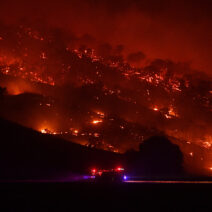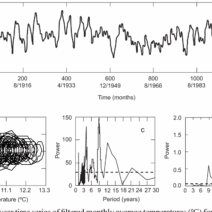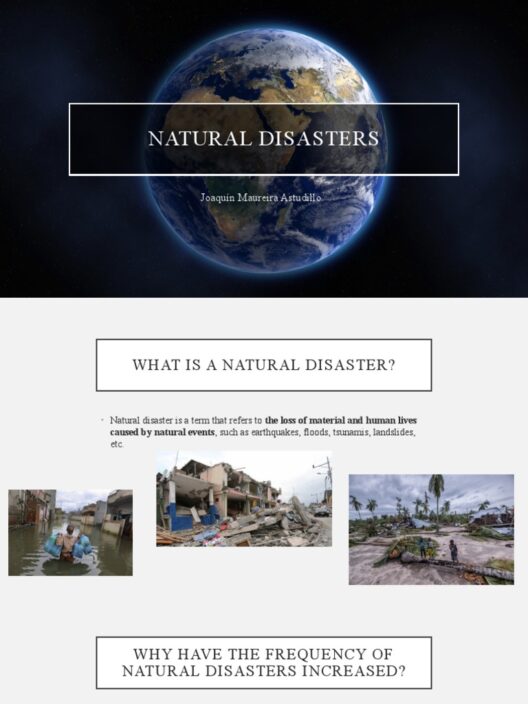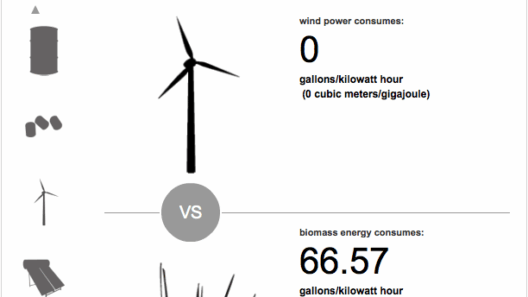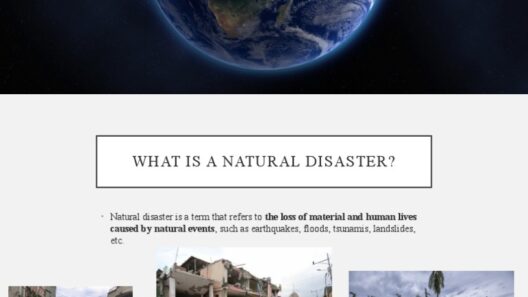As temperatures soar and days of extreme heat become increasingly commonplace across the globe, a pressing question emerges: Are these sweltering conditions merely seasonal anomalies or are they warning signs of a deeper, more significant phenomenon—global warming? The rising thermometers serve not only as indicators of discomfort but also as harbingers of an accelerated climate crisis influencing ecosystems, human health, and socio-economic stability.
To comprehend the implications of extreme heat, it is essential to grasp the basic mechanics of global warming. The Earth is enveloped in a blanket of greenhouse gases, primarily carbon dioxide (CO2), methane (CH4), and nitrous oxide (N2O), which trap heat from the sun. This natural process, known as the greenhouse effect, sustains life as we know it. However, human activities—such as burning fossil fuels, deforestation, and industrial processes—have dramatically exacerbated this effect, leading to a rise in average global temperatures.
Statistics reveal a disquieting trend. According to meteorological records, the frequency and intensity of heatwaves have increased over recent decades. Prolonged periods of high temperatures are no longer exceptions; they are becoming the rule. The World Meteorological Organization has reported that the last few decades have seen more days of extreme heat than ever before. These trends suggest that rising temperatures are not merely a product of natural variability but are deeply intertwined with human-induced climate change.
The consequences of extreme heat are multi-faceted and far-reaching. One of the most dire impacts is on human health. Prolonged exposure to high temperatures can exacerbate existing health issues and lead to heat-related illnesses. Vulnerable populations, including the elderly, children, and those with preexisting conditions, are particularly at risk. The increased prevalence of heatstroke, dehydration, and even mortality during heatwaves underscores the urgent need for public health interventions and adaptable urban planning strategies.
Moreover, extreme temperatures contribute to the destabilization of ecosystems. Plants and animals are increasingly threatened by shifts in climate patterns. Many species are unable to adapt quickly enough to escalating temperatures, resulting in habitat loss and declines in biodiversity. The delicate balance of modern ecosystems is disrupted, which can lead to significant ecological ramifications, including the disruption of food chains, pollinator shortages, and the loss of keystone species.
A surprising dimension of extreme heat’s impact is its exacerbation of existing socio-economic issues. Agriculture is particularly vulnerable to temperature fluctuations. Crops require specific temperature ranges and precipitation patterns to thrive; deviations from these norms can devastate yields. Farmers face challenges such as crop failure, water scarcity, and reduced income, ultimately leading to food insecurity. The interaction between climate change and socio-economic inequalities manifests starkly, as marginalized communities bear the brunt of extreme weather events.
Furthermore, extreme heat influences energy consumption patterns. As temperatures rise, so does the demand for air conditioning and cooling systems. This escalation results in higher energy consumption, placing additional stress on electrical grids. In regions where energy is derived from fossil fuels, this cycle perpetuates the very emissions that contribute to global warming, creating a vicious loop of climate disruption.
The urban heat island effect is another complex phenomenon linking extreme heat to global warming. Urban areas, characterized by concrete, asphalt, and a lack of vegetation, experience significantly higher temperatures than their rural counterparts. This disparity impacts local climates and can intensify the effects of global warming. As cities expand, the prevalence of heat-related issues increases, demanding innovative urban design solutions that incorporate green spaces and reflective materials to mitigate heat absorption.
Policy and action are indispensable in addressing the interconnected challenges posed by extreme heat and global warming. Comprehensive climate action must prioritize reducing greenhouse gas emissions through renewable energy adoption, energy efficiency improvements, and sustainable land-use practices. Furthermore, cities must invest in resilient infrastructure that can adapt to changing climate conditions. These strategies not only protect human health and ecosystems but also empower communities to withstand future extreme weather events.
Public awareness is a crucial component of this endeavor. Educating populations about the significance of extreme heat as a symptom of global warming can galvanize action. Advocacy for behavioral changes—such as minimizing energy consumption, supporting local agriculture, and reducing waste—can help mitigate individual carbon footprints. Grassroots movements have already demonstrated impactful outcomes in addressing local climate issues, fostering a sense of community responsibility and engagement.
In conclusion, the days marked by extreme heat are indeed warning signs of a rapidly warming planet. They serve as reminders of the urgent need for climate action, encompassing health, ecological integrity, and societal resilience. As extreme heat becomes more prevalent, recognizing its connections to global warming is crucial in fostering a collective response to mitigate its impacts. We must heed these warnings and act decisively to safeguard our planet for future generations. The time for action is now, as the atmospheric alarm bells grow louder each year.
